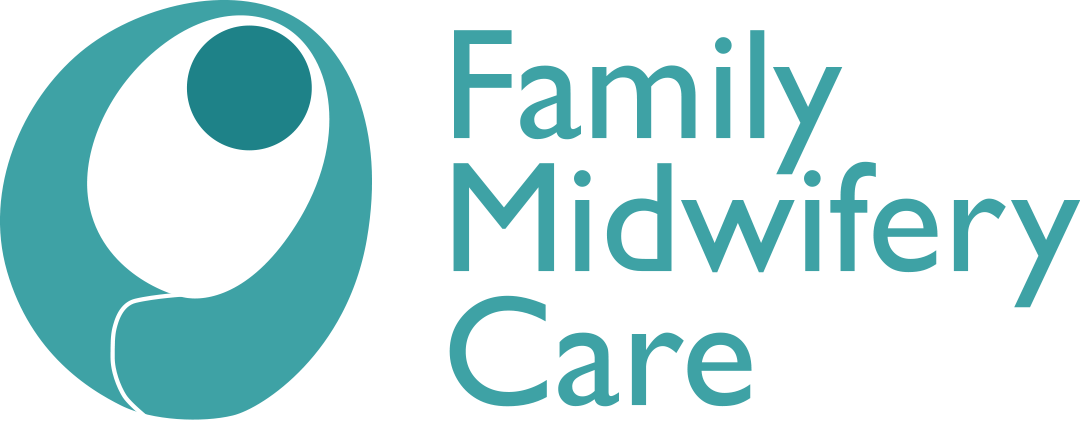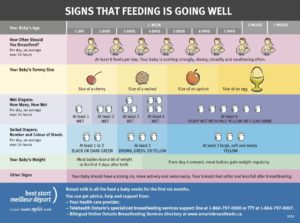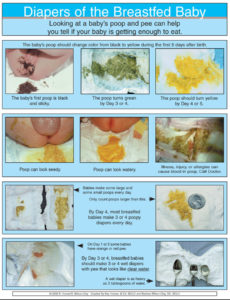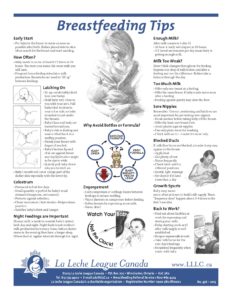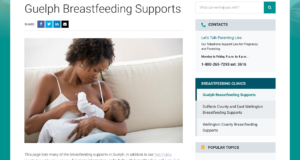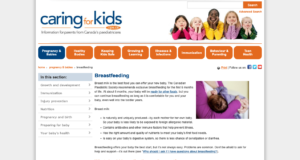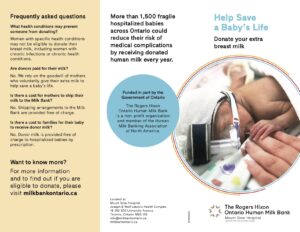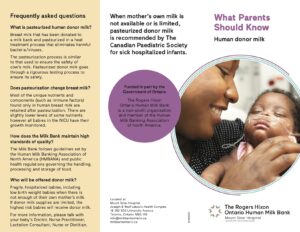Feeding Your Baby
Signs That Feeding is Going Well
Diapers of the Breastfed Baby
Breastfeeding Tips
Engorgement
Link: Engorgement

Thrush
Is Thrush Causing My Sore Nipples?
Persistent nipple pain in the early weeks of breastfeeding, or nipple pain that appears after several weeks or months of pain-free nursing, may be caused by thrush which is a yeast infection of the nipples. Additional symptoms can include
- Itchy or burning nipples that appear pink or red, shiny, flaky, and/or have a rash with tiny blisters.
- Cracked nipples.
- Shooting pains in the breast during or after feedings.
- Intense nipple or breast pain that is not improved with better latch-on and positioning.
- Deep breast pain.
You may be at higher risk for developing thrush if you or your baby has had a recent course of antibiotics, your nipples are cracked or damaged or you are taking oral contraceptives or steroids (such as for asthma).
Be sure to examine other causes of nipple and breast pain. Positioning and latch-on problems are the most common causes of pain.
Thrush can be very difficult to treat. It is essential for both you and your baby to be treated for thrush as not only is it easily spread but it also thrives in warm moist environments such as your baby’s mouth and your nipples. According to the BREASTFEEDING ANSWER BOOK, Nystatin is considered to be less effective than other treatment options. There are other medication options, including grapeseed oil. There is also an oral medication that can be given for resistant cases. Check with your midwife about these options.
After treatment for thrush begins, the symptoms may appear to get worse for a couple of days before improving. While the pain continues, offer your baby short, frequent feedings, beginning of the least painful side. Be sure to rinse your nipples and let them air dry after each feeding.
If your baby uses a pacifier or bottle nipple, they should be boiled for 20 minutes a day and replaced every week. Don’t forget to boil all breast pump parts that come in contact with milk, if you are pumping. (The milk you pump during a thrush outbreak can be fed to your baby but not frozen. Freezing breast milk does not kill the yeast in it.) Toys that go in your baby’s mouth should be washed with hot, soapy water.
In addition to the medical treatment, there are other steps you can take.
Wash all bras, bra pads, nightgowns, etc (anything that comes in contact with your nipples) in HOT water with bleach and dry on hot in the dryer or in the sun.
Rinsing your nipples with a vinegar and water solution (1 tablespoon vinegar to 1 cup water) after every feeding is helpful. Use a fresh cotton ball for each application and mix a new solution every day.
Some women add acidophilus supplements (40 million units per day) to their diet.
Some women find that reducing yeast and sugar in their diet helps.
These home remedies can be effective but they should be in addition to medication, not instead of it.
Be careful with hand washing, especially after diaper changes. Babies can get yeasty diaper rashes very easily. If you use cloth diapers or nursing pads, the yeast can be passed through the laundry.
Adapted from http://www.lalecheleague.org/faq/thrush.html May 2013
Jack Newman Candida Protocol
Link: Candida Protocol
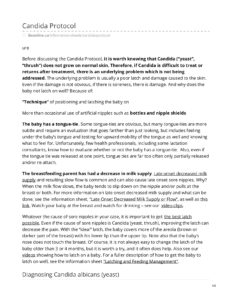
Breastfeeding Support in Guelph
Private Lactation Consultants in Guelph
Link: Lindsay Pravato, IBCLC
Online Breastfeeding Resources
Caring for Kids - Breastfeeding
10 Valuable Tips
Feeding your baby 6 months - 1 year
Milk Bank Donation
